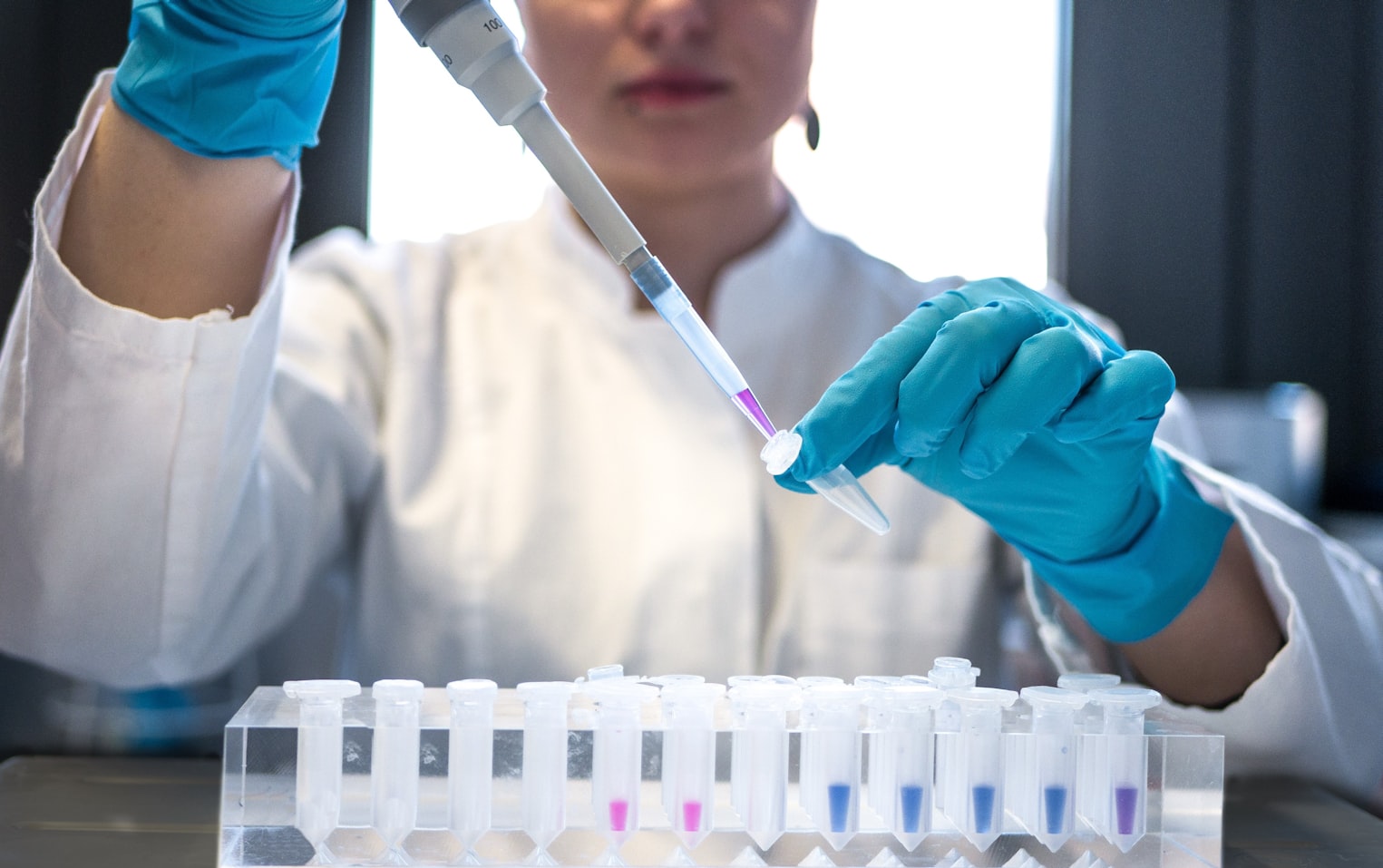The PCB Legacy: When Playing with Chemistry Spells Disaster
When the acronym PCB flashes before your eye, does your mind naturally dwell on printed circuit boards? These components may form an essential part of an electronic product but fortunately, they are not the object of defaming aspersions.
The same cannot be said of polychlorinated biphenyls. These are synthetic chemicals that occupy a tiny space among astronomical numbers. Almost 2,000 new chemicals are added to this list every year!
The scenario is bad enough to declare the Earth a sad victim of chemical pollution. Even so, PCBs have made a distinct mark for themselves as they continue to wreak havoc for decades. In this article, we will learn more about PCBs to understand the tragic consequences of playing with chemistry.
Why PCBs Came Into Existence
The origins of PCBs do not date back to the age of antiquity. Neither are these chemicals extremely novel. Their chemistry was first discovered in the 1880s. Scientists at the time were pleasantly surprised to find that PCBs were resistant to fire and chemically stable.
With more research underway, these chemicals became the cornerstone of electrical equipment manufacturing. Since the late 1920s, they have been heavily used as lubricants and coolants in transformers, hydraulic equipment, and more.
As per the US Environmental Protection Agency (EPA), by the 1950s, PCBs had hundreds of industrial and commercial applications. Some examples would be cable insulation, caulking, adhesives, tapes, capacitors, and electromagnets.
The Race to Ban Them Owing to Health Risks
If you were to look for PCB production today, it’s unlikely to be found because these chemicals were banned in 1979. From the time of their widespread usage in 1929, they enjoyed much spotlight for five decades.
Solemnly, the latter half of their popularity could be attributed to negative reasons. Though a task force to investigate the health concerns surrounding PCBs was established in 1972, speculations have existed since the 1960s.
Whistleblowers were sounding the alarm bells for PCB-related toxicity and pollution. The Agency for Toxic Substances and Disease Registry (ATSDR) lists even carcinogenesis as one of the adverse effects of regular PCB exposure. That means it’s possible to develop cancer due to these chemicals.
Besides the life-threatening possibilities, other PCB exposure symptoms are equally horrifying. They range from increased levels of liver enzymes to neurotoxicity. The ban on production was overdue, but it has not sufficed.
This is because the world is still suffering from the shocking aftermath of PCB applications. TorHoerman Law discusses a lawsuit filed against PCB manufacturers by universities where these chemicals were used till 1979. Students and staff were falling ill due to exposure to these chemicals via building materials, generators, etc.
Over 90 school districts have participated in this litigation. This should give us an idea of the damage still lingering in the air. When these chemicals are scrutinized in light of their primary producer, Monsanto (now Bayer), the fallout is hardly shocking.
PCBs’ chemical stability means that they cannot be degraded into the environment. Hence, they are still present in the air and continue to cause health complications and environmental pollution.
New Study Reveals That Banning is Not Enough
We did briefly touch upon the fact that banning PCBs has done little to no good in tackling the damage they’ve done. A new Canadian study has only acted as an extension of this grave reality.
Researchers at a company called Chemistry Matters Inc. discovered that PCBs are still being generated today, albeit unintentionally. The alarming fact is that their unintentional production is higher than their deliberate manufacturing before the ban.
Researchers found that 2019 was the year when the highest volume of these chemicals was generated – a startling 43,000 metric tons. This amount exceeds the highest known at the time of deliberate production, which was 39,000 metric tons in 1970.
If this piece of information was not bad enough, the team still has little clue about which products are responsible for generating unintentional PCBs. Before this recent study, nobody was closely monitoring PCBs, assuming that the ban took care of them.
In other words, it was hoped that the only sustaining problem would be that of PCBs already produced. Now, we need to locate the source of unintentional production! Plus, there is no knowledge of whether these PCBs are making their way into the environment. And if yes, how? The study is ongoing, and efforts are underway to monitor PCB production.
As we have observed in this article, the PCB legacy is not valuable or meaningful. If anything, it serves as a tale of caution for mankind to stop playing with chemistry.
Things may go well to a certain extent, but when factors beyond our control take over, there is no comprehension of the backwash. All we can do is hope that scientists discover a way to destroy existing PCBs and halt their inadvertent production.
Keep an eye for more news & updates on Aoomaal.org







